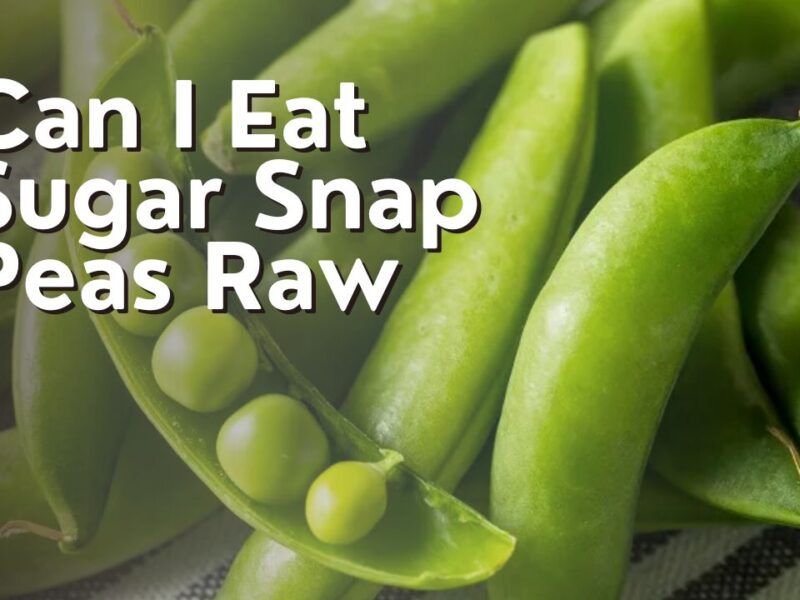Can I give my dog bread? It’s a question that many pet owners have pondered. As a dog lover, I’ve often wondered if sharing a piece of bread with my furry friend is safe and nutritious. In this article, I will delve into the nutritional value of bread for dogs and explore whether it can be a part of their diet.
While bread can provide some benefits, it’s important to remember that moderation is key. I will discuss the appropriate portion sizes and potential risks associated with feeding bread to dogs.
Additionally, I will provide alternative treat options that are both healthy and delicious for our canine companions. It’s crucial to consider any specific health conditions that your dog may have, as certain ingredients in bread can be harmful.
As always, it’s best to consult with a veterinarian before making any significant changes to your dog’s diet.
The Nutritional Value of Bread for Dogs
You can’t just give your dog bread without considering its nutritional value; it’s important to ensure their dietary needs are met. While bread may seem harmless and dogs may enjoy the taste, it should only be given in moderation.
Bread is primarily made of carbohydrates, which can provide quick energy for dogs. However, dogs need a balanced diet that includes proteins, fats, vitamins, and minerals. Bread alone cannot fulfill all these requirements.
Furthermore, some types of bread can be harmful to dogs. Certain ingredients like raisins, garlic, and onions commonly found in bread can be toxic to them. Additionally, bread often contains added sugars and preservatives, which are unnecessary and can negatively affect a dog’s health. Excessive consumption of bread can lead to weight gain, digestive issues, and even pancreatitis.
If you choose to give your dog bread occasionally, opt for whole grain or wheat bread without any added ingredients. Make sure to remove any crust or toppings that may be harmful to your dog. It’s also essential to consider your dog’s size and overall health before offering them bread.
Consult with your veterinarian to determine if bread is suitable for your furry friend and to ensure their nutritional needs are being met through a balanced diet.

Moderation is Key
Finding the right balance is crucial when it comes to sharing certain human foods with our furry friends, like bread. While bread can be given to dogs in moderation, it should not make up a significant portion of their diet. Too much bread can lead to weight gain, digestive issues, and even nutritional deficiencies.
To ensure that your dog’s nutritional needs are met, it is important to understand the composition of bread and how it fits into its overall diet. The table below provides a breakdown of the nutritional value of a typical slice of white bread, which can serve as a guide for portion control:
| Nutrient | Amount per Slice |
|---|---|
| Calories | 79 |
| Protein | 2 grams |
| Fat | 0.9 grams |
| Carbohydrate | 15 grams |
As you can see, bread is relatively low in protein and fat but high in carbohydrates. While dogs can digest carbohydrates, their main source of nutrition should come from animal-based proteins. Therefore, it is best to offer bread as an occasional treat rather than a staple food. Remember, moderation is key when it comes to feeding bread to your furry companion.
Alternative Treat Options
Consider exploring alternative treat options for your furry companions, such as homemade pumpkin or sweet potato treats. These alternatives can provide both nutritional value and a delicious reward. They can be a great way to switch up your dog’s treat routine and add some variety to their diet. Making treats at home allows you to control the ingredients and ensure that your dog is getting the best quality treats possible.
Homemade pumpkin treats are a popular choice because they are not only tasty but also packed with nutrients. Pumpkin is low in calories and high in fiber, making it a healthy option for dogs. You can easily make pumpkin treats by mixing canned pumpkin puree with flour and some dog-friendly spices like cinnamon or ginger. Shape the mixture into small balls or use cookie cutters to create fun shapes.
Sweet potato treats are another fantastic option. Sweet potatoes are a great source of vitamins and minerals, including vitamin A, vitamin C, and potassium. They are also high in fiber and low in fat, making them a nutritious choice for your pup. You can bake or dehydrate sweet potato slices to create a chewy and flavorful treat that your dog will love.
By exploring alternative treat options like homemade pumpkin or sweet potato treats, you can provide your furry friend with a delicious reward while also ensuring they are getting some added nutritional benefits. Give it a try and see how much your dog enjoys these homemade treats!
Considerations for Specific Health Conditions
When it comes to your furry companion’s health conditions, it’s important to take into account specific considerations for their well-being. Dogs, like humans, can have various health conditions that may require special dietary restrictions. If your dog has certain health issues, such as diabetes or pancreatitis, it’s crucial to be mindful of what you feed them, even when it comes to treats.
For dogs with diabetes, it’s best to avoid treats that are high in sugar or carbohydrates. Instead, opt for low-sugar, low-carbohydrate treats that are specifically designed for diabetic dogs. These treats can help maintain stable blood sugar levels and prevent any spikes that could be harmful to their health.
If your dog has pancreatitis, it’s important to avoid treats that are high in fat. Pancreatitis is inflammation of the pancreas, and high-fat treats can exacerbate this condition. Look for low-fat treats that are gentle on the digestive system and won’t cause any further discomfort.
Additionally, if your dog has any specific allergies or sensitivities, it’s important to choose treats that are free of those specific ingredients. Common allergens for dogs include wheat, soy, and dairy. By selecting treats that are free of these allergens, you can help prevent any adverse reactions or discomfort for your furry friend.
Always consult with your veterinarian before making any dietary changes or introducing new treats, especially if your dog has specific health conditions. Your vet will be able to provide guidance and recommend appropriate treats that are safe and beneficial for your dog’s health.

Consulting with a Veterinarian
Before embarking on a treat-choosing journey, it’s crucial to consult with a veterinarian who can provide expert guidance tailored to your furry companion’s specific health needs. A veterinarian will have a comprehensive understanding of your dog’s health conditions and can advise you on whether it is safe to give bread as a treat. They can consider factors such as your dog’s age, weight, breed, and any underlying health issues.
To give you an idea of the potential health risks and benefits of feeding bread to your dog, here is a table that outlines some key considerations:
| Health Considerations | Risks | Benefits |
|---|---|---|
| Gluten Sensitivity | Digestive upset, skin issues | None |
| Obesity | Weight gain | None |
| Diabetes | Blood sugar spikes | None |
| Allergies | Allergic reaction | None |
| Dental Health | Can stick to teeth and cause decay | None |
Remember, this table is just a starting point. Every dog is unique, and their specific health needs may require additional considerations. So, always consult with a veterinarian to ensure you make the best decisions for your furry friend’s well-being.
Frequently Asked Questions
Can dogs eat any type of bread?
Dogs can eat some types of bread, but it’s important to avoid those with ingredients like raisins, onions, or garlic, as they can be toxic. Moderation is key, as bread should only be an occasional treat.
How much bread can I give my dog?
I can give my dog bread in moderation. It should only be a small part of their diet and not exceed 10% of their daily calorie intake. It’s important to avoid bread with added sugars or ingredients that are toxic to dogs.
Can bread be harmful to dogs?
Yes, bread can be harmful to dogs. It can cause digestive issues like bloating and upset stomach. Additionally, some types of bread may contain ingredients that are toxic to dogs, such as raisins or onions. It’s best to avoid giving bread to dogs.
Are there any bread ingredients that are toxic to dogs?
Yes, there are some bread ingredients that can be toxic to dogs. For example, raisins and grapes can cause kidney failure, while onions and garlic can damage their red blood cells. It’s best to avoid giving bread to dogs.
Will giving my dog bread lead to weight gain?
Yes, giving bread to dogs can lead to weight gain. Bread contains carbohydrates and calories that can contribute to excess weight. It’s best to feed dogs a balanced diet that meets their nutritional needs.
Conclusion
In conclusion, while bread can be given to dogs, it should be done so in moderation. It does not provide significant nutritional value and can lead to weight gain and digestive issues. There are plenty of alternative treatment options that are healthier and more beneficial for our furry friends.
It’s also important to consider any specific health conditions your dog may have before giving them bread. As always, consulting with a veterinarian is the best course of action to ensure the health and well-being of your beloved pet.


